What state has the most aquaculture farms?
The U.S. seafood aisle is filled with imported products, creating a huge trade gap. This reliance on others means we are missing a major opportunity for local jobs and food security.
Louisiana leads the nation with the highest number of aquaculture farms, boasting a total of 818. This concentration highlights the state's significant role in the U.S. aquaculture landscape, even though other states might surpass it in sales value. It is a hub for pond-based freshwater fish production.
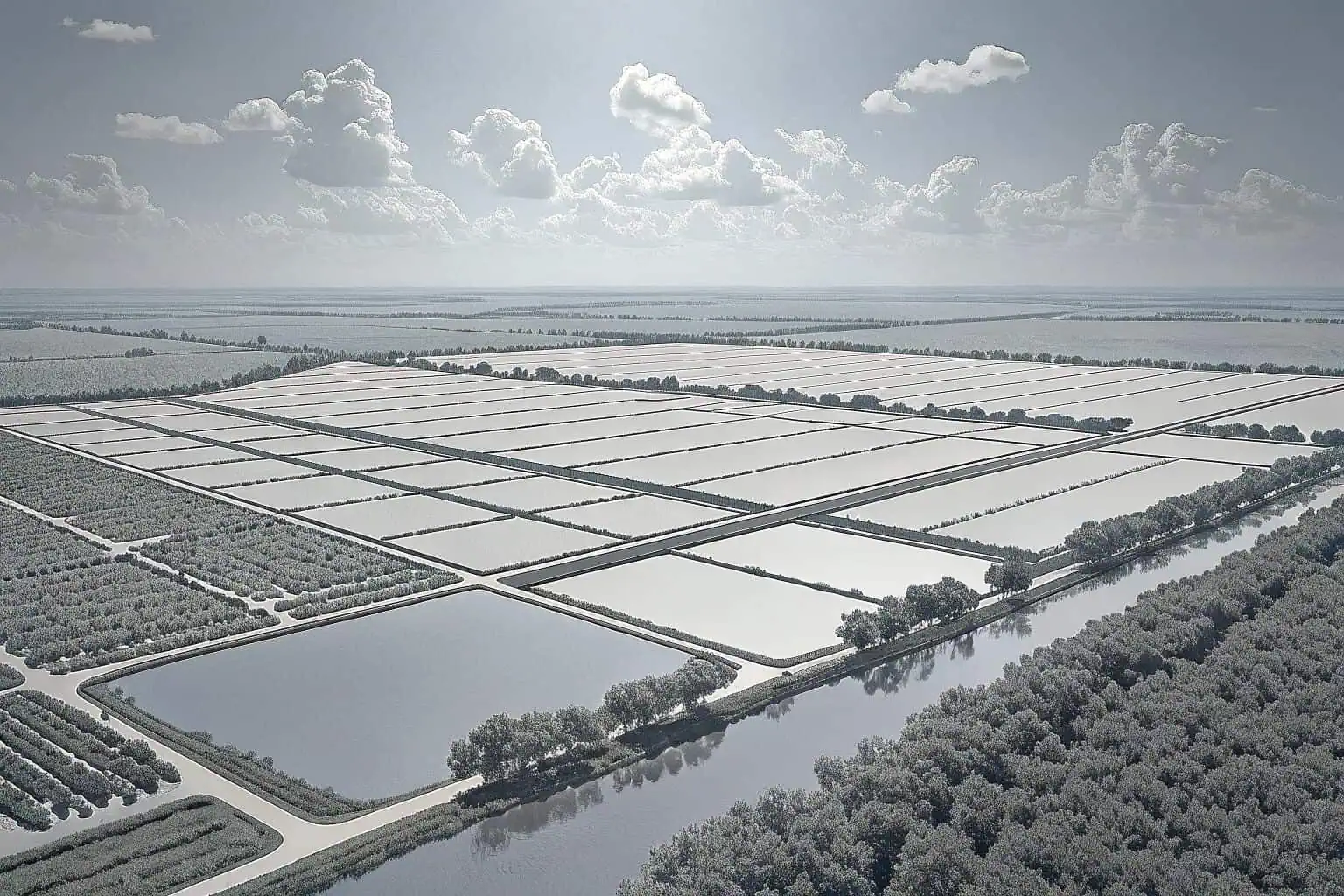
I've spent a lot of time looking at the data, and it's clear that the American aquaculture industry is a story of untapped potential. We have the resources and the demand, but we're still falling behind globally. To really understand how we can improve, we need to look closer at the states that are already leading the way and see what makes them successful. It’s not just about one state, but about the different strengths each region brings to the table.
What are the top states for aquaculture?
Finding the "top" state for aquaculture can be tricky. Do you measure by the number of farms, or by the total sales? The answer reveals different leaders and different strengths across the country.
The top states for aquaculture vary by metric. Louisiana has the most farms (818), making it a leader in sheer numbers. However, Mississippi generates the highest sales, reaching $277 million. Meanwhile, Washington stands out as the leader in marine shellfish farming, showcasing regional specialization.
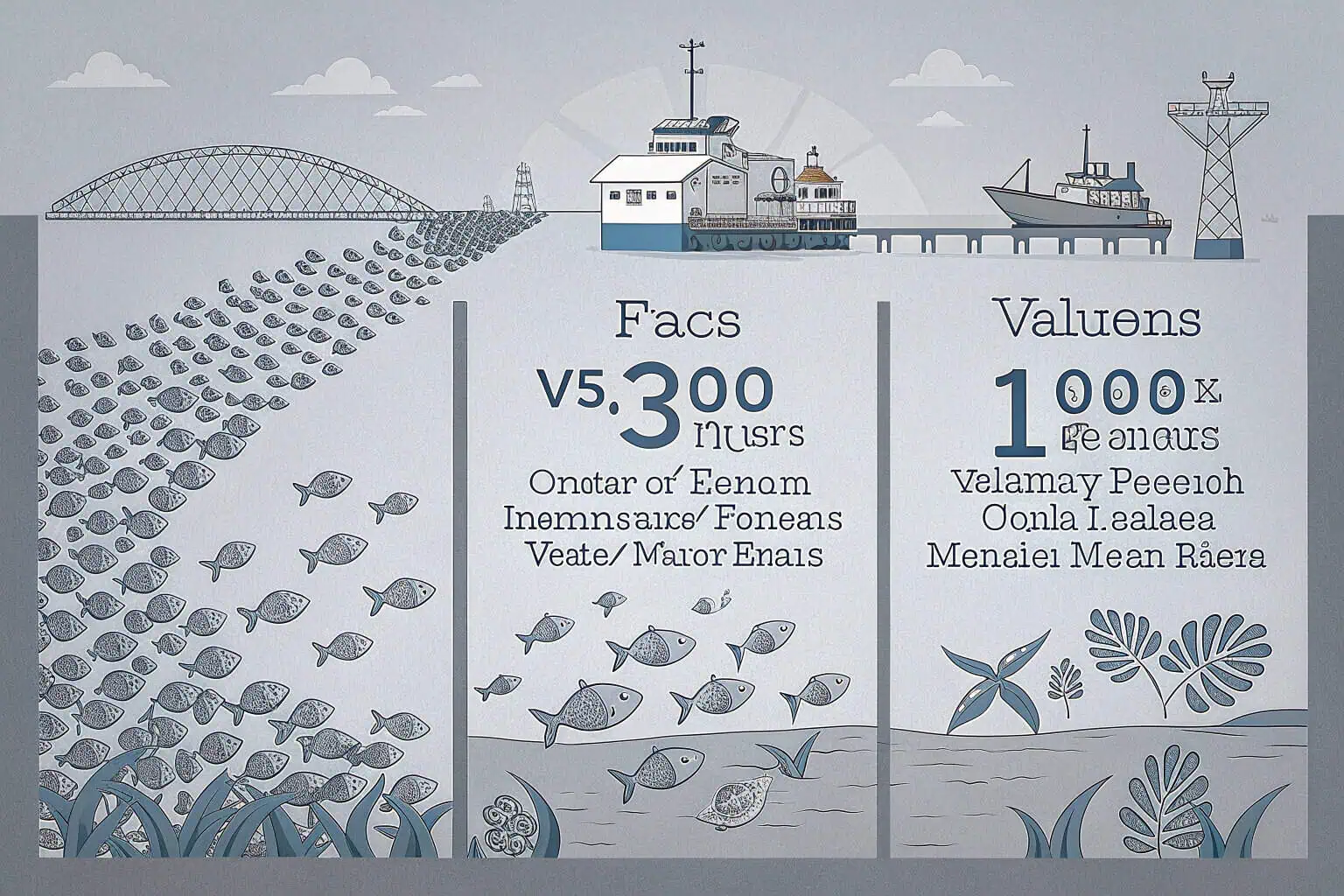
When I dig into the numbers, I see a fascinating picture of regional specialization1. It’s not a one-size-fits-all industry. The leaders in the Southeast have perfected a certain model, while the West Coast is carving out a completely different niche. Understanding these differences is key to seeing the bigger picture of American aquaculture.
The Powerhouses of the Southeast
The Southeast is the heart of traditional American aquaculture2. States like Louisiana and Mississippi have a long history of fish farming, and it shows in their numbers. Louisiana's massive number of farms points to a widespread, accessible industry with many small to medium-sized producers. On the other hand, Mississippi’s lead in sales value suggests larger, more commercially intensive operations that are incredibly efficient. They primarily focus on pond-raised freshwater species3 like catfish, which thrive in the region's climate. This concentration makes the Southeast a critical hub for the nation's domestic seafood supply.
The West Coast Shellfish Leader
Out on the West Coast, Washington tells a different story. The state is the undisputed leader in marine aquaculture4, specifically for shellfish like oysters, clams, and mussels. This isn't about ponds; it's about working with the natural ocean environment. This focus on marine species highlights how different climates and coastlines create unique opportunities. As I see it, Washington's success provides a blueprint for how coastal states can develop their "blue economy5" and expand offshore farming, which is a huge area for potential growth for the entire country.
| Feature | Description |
|---|---|
| Primary State | Washington |
| Specialization | Marine Shellfish (Oysters, Clams, Mussels) |
| Environment | Natural Ocean Environment |
| Significance | Blueprint for "Blue Economy" and Offshore Farming |
Where is most aquaculture located in the US?
You might think aquaculture is spread evenly across the country, but it's not. A specific region has become the industry's command center, shaping how and what we farm in the United States.
Most of the nation's aquaculture is heavily concentrated in the Southeastern states. This region, including powerhouse states like Louisiana and Mississippi, forms the traditional heartland of American fish farming, particularly for freshwater species raised in ponds. The area's climate and geography are ideal for this model.
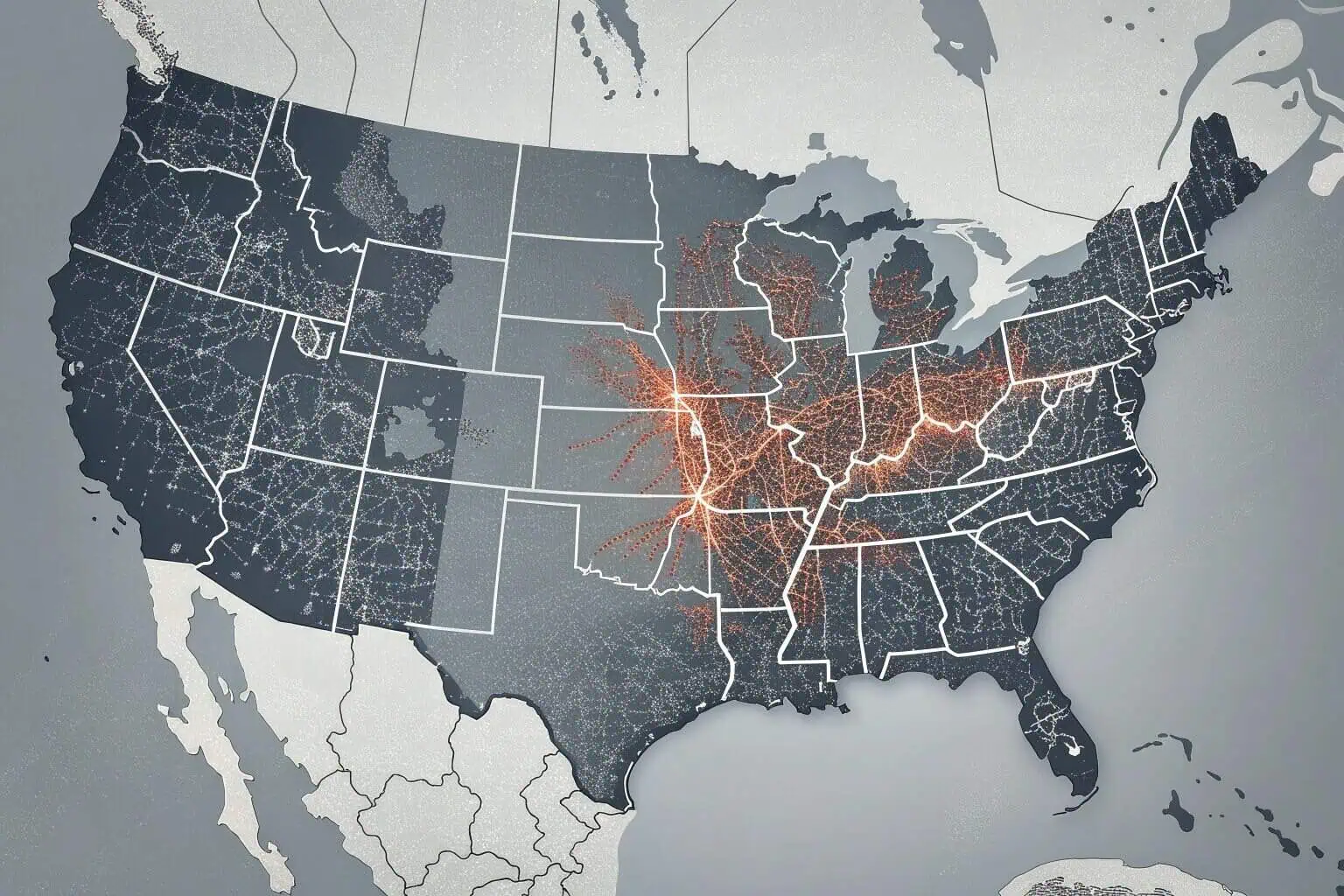
When I look at a map of aquaculture in the U.S.6, the concentration in the Southeast is impossible to miss. It’s a region that has truly defined the industry for decades. But I also see signs of change. While the Southeast remains the core, new opportunities are popping up elsewhere, driven by technology and a growing need for sustainable seafood. This geographic story is still being written.
Why the Southeast Dominates
The Southeast's leadership in aquaculture isn't an accident. The region has a warm climate with long growing seasons, which is perfect for raising freshwater fish in outdoor ponds. This is the most established and, in many ways, the most straightforward method of fish farming. Generations of farmers have passed down knowledge, creating a deep-rooted culture of aquaculture. Furthermore, the vast, flat landscapes provide the space needed for large pond-based operations. This combination of ideal climate, available land, and generational expertise has cemented the Southeast as the industry's stronghold.
Emerging Aquaculture Hubs
While the Southeast is the current leader, I'm seeing exciting developments on the West Coast. The federal government has identified new "Aquaculture Opportunity Areas7" off the coast of Southern California. This signals a major push to expand marine farming in new territories. I believe this is a critical step for the U.S. to increase its seafood production. It opens the door for farming new species and using innovative offshore technologies8. For companies like us at Bancy, this is a huge opportunity. Our durable, customizable tanks are perfect for the diverse needs of both established farms in the Southeast and these new, emerging hubs on the West Coast.
| Location | Initiative | Potential Impact |
|---|---|---|
| Southern California | New Aquaculture Opportunity Areas9 | Expansion of marine farming, new species cultivation |
| West Coast | Innovative offshore technologies10 | Increased U.S. seafood production |
| Bancy's Role | Providing durable, customizable tanks | Supporting growth in both established and emerging hubs |
What is the leading aquaculture industry in the United States?
The U.S. aquaculture sector is not just one single industry. It's a collection of specialized fields, each with its own unique methods, challenges, and market leaders. Understanding these distinctions is crucial.
The leading aquaculture sector in the United States is freshwater fish farming, particularly catfish, which is dominated by states in the Southeast. However, marine shellfish farming, led by Washington, is another major component. A rapidly growing segment is land-based RAS (Recirculating Aquaculture Systems) for species like tilapia.
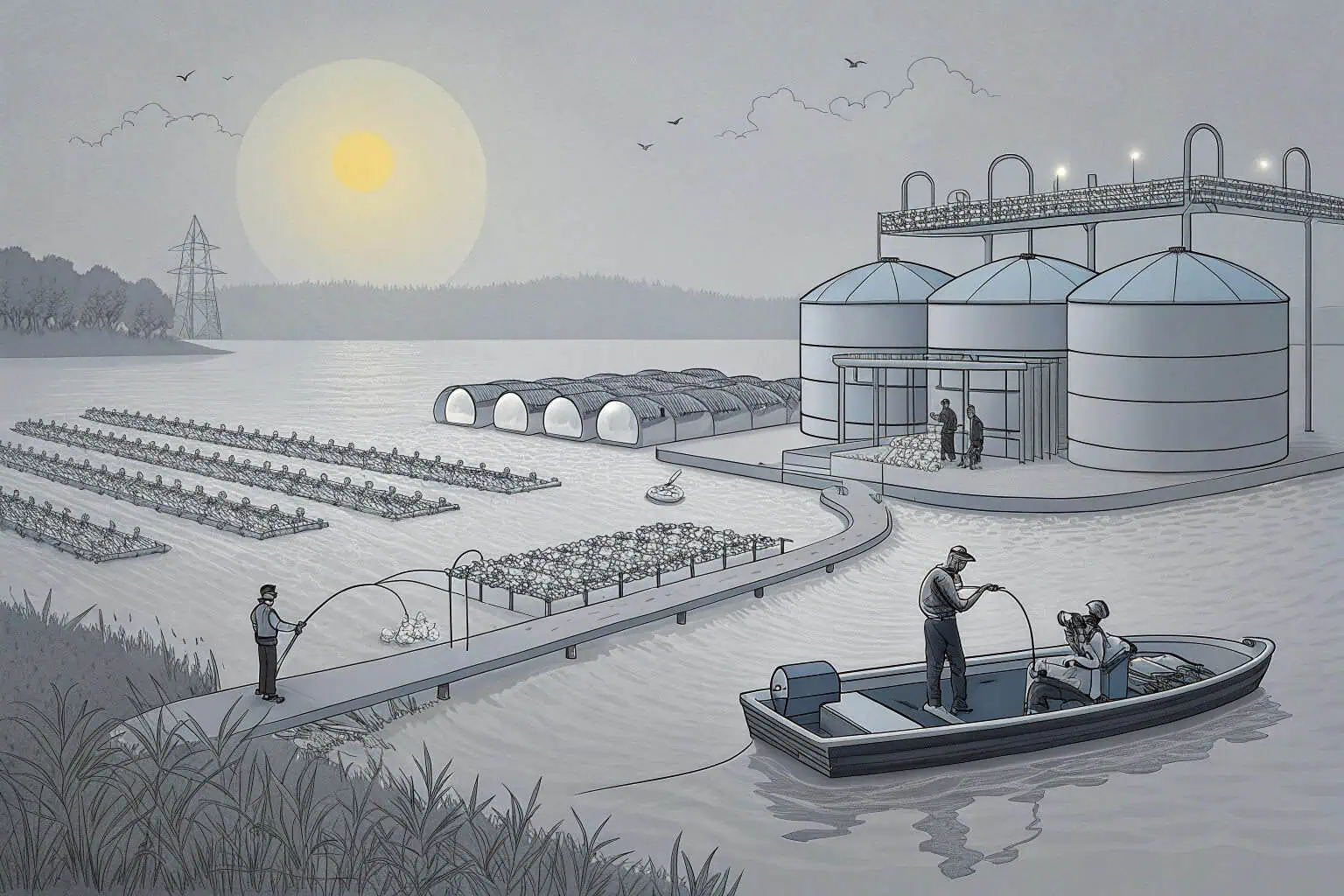
I find the diversity within the U.S. aquaculture industry fascinating. It’s not just about one type of fish or one method of farming. We have these massive, traditional pond operations, thriving coastal shellfish farms, and cutting-edge indoor systems11 that are changing the game. Each part of the industry faces different challenges, but they all contribute to the goal of producing more local, sustainable seafood.
Freshwater Fish Farming
The backbone of American aquaculture is freshwater fish farming12. This sector is defined by the sprawling pond farms of the Southeast, where species like catfish and crawfish are raised. It's a high-volume industry that has been perfected over decades. However, these farms face constant pressure from weather fluctuations, water quality issues, and the need for durable infrastructure. This is where I see our products making a real difference. A reliable, leak-proof tank13 isn't a luxury; it's essential for protecting stock and maintaining profitability, especially in high-density farming states.
Marine and RAS Innovations
Beyond traditional ponds, two other sectors are shaping the future. Marine aquaculture, focused on shellfish, is a model of how to work with natural ecosystems. At the same time, Recirculating Aquaculture Systems (RAS) represent a technological leap forward. Companies like Blue Ridge Aquaculture are using RAS to become leaders in tilapia production. These closed-loop, land-based systems can be located anywhere, reduce water usage, and offer a high degree of environmental control. This technology directly addresses some of the biggest criticisms of traditional farming, like water pollution, and points toward a more sustainable future.
| Innovation | Description | Key Players/Examples |
|---|---|---|
| Marine Aquaculture14 | Focuses on shellfish, works with natural ecosystems. | Washington State |
| Recirculating Aquaculture Systems (RAS)15 | Closed-loop, land-based systems with high environmental control. | Blue Ridge Aquaculture (Tilapia) |
Who is the largest aquaculture producer?
When we ask who the "largest" producer is, the answer depends on how you measure it. Is it the state with the most farms, the one with the highest sales, or a specific company?
In terms of sales value, the state of Mississippi is the largest aquaculture producer in the United States, generating $277 million annually. While Louisiana has more individual farms, Mississippi's larger-scale operations make it the commercial leader. Globally, however, the U.S. ranks a distant 18th.
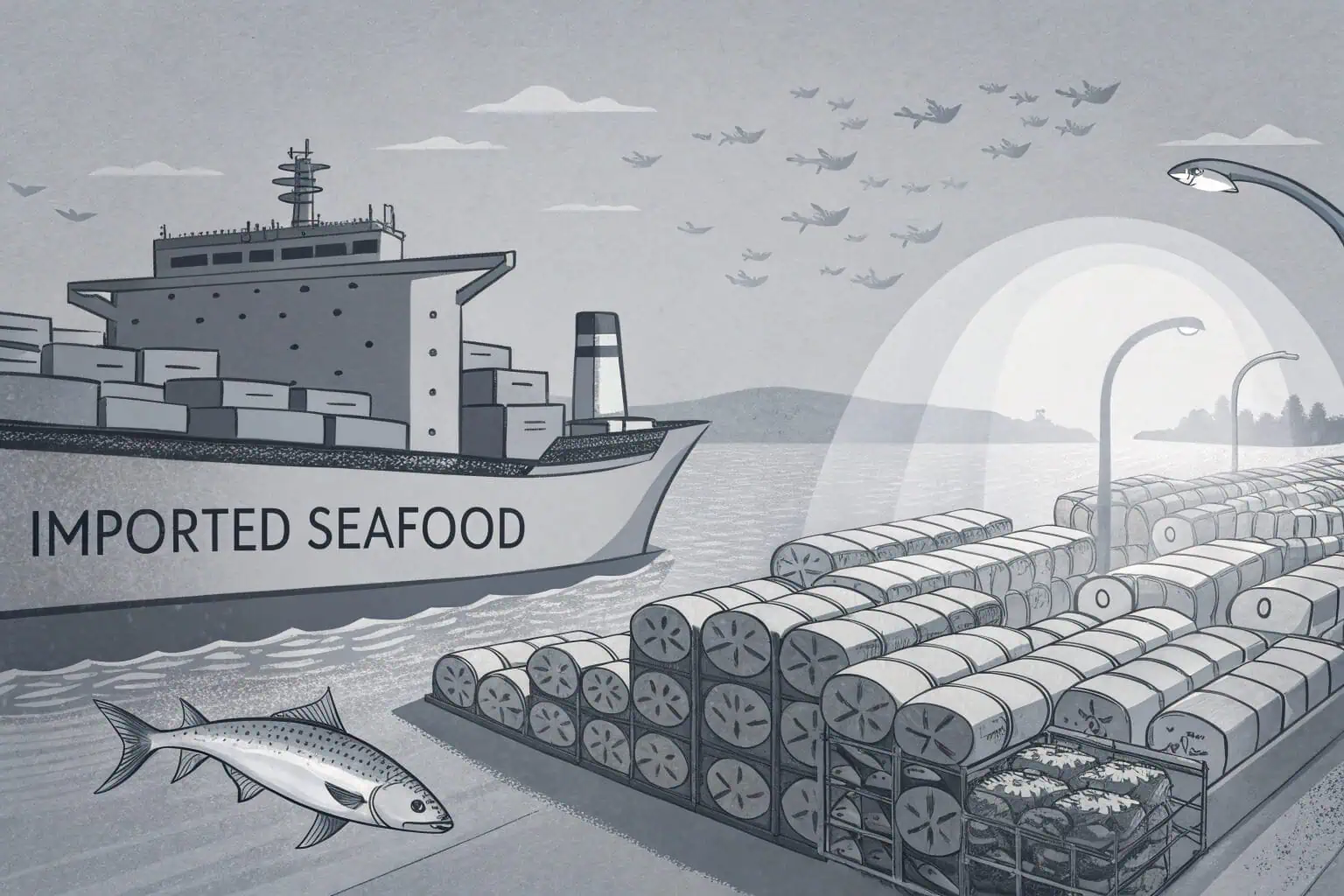
Looking at the production numbers tells a story of a domestic industry with a lot of room to grow. We have clear leaders like Mississippi, but the fact that we import 70-85% of our seafood shows the scale of the opportunity. We are barely scratching the surface of what's possible. This gap between consumption and production is what drives me. It's a problem that we can solve with innovation and strategic investment.
Measuring Production: Value vs. Volume
It's interesting to compare Louisiana and Mississippi. Louisiana has a vast network of farms, suggesting a broad base of producers. This is great for community resilience and local economies. However, Mississippi’s model of fewer, but larger and more intensive, farms generates more revenue. This highlights a key dynamic in the industry: the balance between the number of producers and the scale of production. Both models are valuable, but the trend toward larger, more efficient operations is clear. To scale up, these producers need equipment that can handle the intensity, which is a core focus for us.
The Global Context and Domestic Opportunity
On the world stage, the U.S. is a minor player in aquaculture, ranked 18th. We are a top consumer of seafood, but we rely on other countries to supply it. I see this not as a weakness, but as the single greatest opportunity for the American aquaculture industry16. We have the technology, the market, and the growing space to close this gap. By supporting our domestic producers with reliable infrastructure, like our double-welded tanks that prevent leaks and ensure durability, we can help them expand, become more competitive, and capture a larger share of this massive market.
| Factor | Description |
|---|---|
| Global Ranking | U.S. is ranked 18th in aquaculture production17. |
| Seafood Trade18 | U.S. imports 70-85% of its seafood. |
| Domestic Opportunity | Significant potential to increase domestic production and reduce reliance on imports. |
| Bancy's Role | Providing reliable infrastructure (double-welded tanks) to support industry growth. |
Conclusion
The U.S. aquaculture industry is concentrated in the Southeast but holds immense nationwide potential. By embracing innovation and supporting our farmers, we can reduce our reliance on imports and build a stronger, more sustainable food system.
-
Explore this link to understand how different regions excel in aquaculture, enhancing your knowledge of industry dynamics. ↩
-
Explore this link to understand the roots and importance of aquaculture in the U.S., especially in the Southeast. ↩
-
Discover the advantages of pond-raised freshwater species, including sustainability and economic impact in aquaculture. ↩
-
Explore this link to understand marine aquaculture's role in sustainable seafood production and its environmental impact. ↩
-
Discover how the blue economy can drive growth and sustainability in coastal regions, benefiting both the environment and local economies. ↩
-
Explore this link to understand the current state and future prospects of aquaculture across the United States. ↩
-
Explore this resource to understand the significance of Aquaculture Opportunity Areas and their role in expanding marine farming. ↩
-
Discover innovative offshore technologies that can enhance marine farming efficiency and sustainability. ↩
-
Explore this link to understand how marine farming expansion can boost local economies and sustainability. ↩
-
Learn about cutting-edge offshore tech that is transforming seafood industry efficiency and output. ↩
-
Learn about innovative indoor aquaculture systems that are revolutionizing seafood farming and contributing to sustainability. ↩
-
Explore this resource to learn effective techniques and improve your aquaculture operations. ↩
-
Find out how durable, leak-proof tanks can protect your stock and ensure profitability in aquaculture. ↩
-
Learn about marine aquaculture's role in sustainable shellfish farming and its positive impact on natural ecosystems. ↩
-
Explore this resource to understand how RAS technology offers sustainable, land-based aquaculture solutions with environmental benefits. ↩
-
Explore this link to understand how the aquaculture industry is evolving and how the U.S. can capitalize on this growth. ↩
-
Explore this link to discover effective methods for boosting domestic aquaculture and reducing reliance on imports. ↩
-
Learn about strategies to enhance domestic seafood production and decrease dependency on imports. ↩